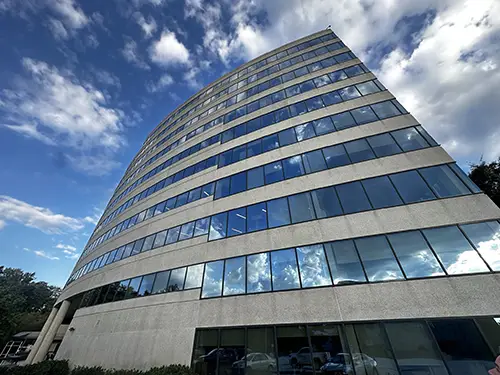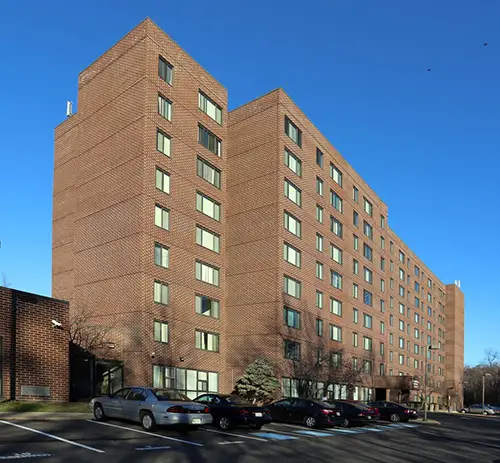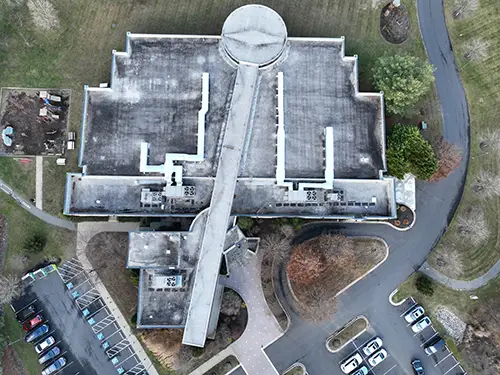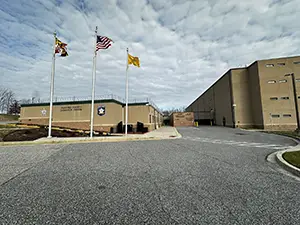Thermal Imaging & Thermal Drone Commercial Roof Inspection Services
Thermal Camera Commercial Roof Inspection Services
We use our state of the art FLIR T865, FLIR E96 and DJI Mavic Thermal Drone 3 high resolution cameras to help locate and identify roof leaks in membrane and some ballast roof coverings. Thermal imaging cameras, or infrared imaging uses specialized cameras to make still images and video of the differing amounts of thermal energy being emitted or reflected from a surface. We will mark the areas when permissible and issue a written report with the photos for later reference.
Thermal Drone Usage.
- Low Sloped Roofs: To identify leaks and moisture intrusion in large low sloped roofs
- Solar Panels: Inspect solar panel arrays for functionality, shorts, overheating and other damage. We typically follow the IEC 62446-1 which is an international standard for testing, documenting, and maintaining grid-connected photovoltaic systems. It sets standards for how system designers and installers of grid-connected PV systems.
- New Roof Commissioning: Commissioning of new roofs for a baseline and routine of annual monitoring and evaluation.
- Window Seals: Inspect windows for failing thermal pane seals under window warranty period.
Our Thermal Inspectors:
Our inspectors are fully trained and certified
FAA Certified sUAS Pilot #3987636
FLIR Level l Certification #170314159
FLIR Level ll Certification #209765885
FLIR Level l Electrical Certification #209890995
FLIR Level l sUAS Certification #172651650
CRT Certified Residential Thermographer
NACHI® Building Science and Infrared Thermal Imaging for Inspectors
We utilize the state-of-the-art thermal imaging equipment from FLIR and DJI.
- Flir T-865
- Flir E-96
- Flir E-8XT
- Flir E-8PRO
- DJI Matrice 4T Thermal Drone
HIKMICRO Thermal Camera Pocket2
Thermal Drone Inspection Services
Large Commercial Roof Inspections Inspecting large commercial low sloped roofs can be time-consuming, expensive, and dangerous. Using drones to speed up the inspections of these properties can make roof inspections faster, safer, and less expensive.However, equipping these drones with additional technologies beyond regular visible cameras, such as thermal imaging cameras that allow the operator to see infrared energy invisible to the naked eye, brings additional benefits that make this type of inspection invaluable.Thermal, or infrared, imaging uses specialized cameras to make still images and video of the differing amounts of thermal energy being emitted or reflected from a surface. We utilize a FLIR T865, FLIR E96 and DJI Matrice 4 Thermal Drone.
Why Use Thermal from Drones
Whether inspecting substations, switchyards, or transmission and distribution lines, there are scores – if not hundreds – of connections, fused disconnects, insulators, splices, dead ends, and more that need routine inspection. Checking these from a drone has two primary benefits – speed and safety. Drone inspections let crews quickly scan large areas to find potential issues that need to be investigated further, and they keep crews safely out of range of energized equipment.
Thermal Inspections of Solar Panels from Drones
One of the most popular uses for drone thermography is solar panel inspection. As a drone’s biggest advantage is its ability to quickly cover large areas, this makes a lot of sense. A drone thermographer can image hundreds of acres of solar fields in a fraction of the time it would take to chase down anomalies the old-fashioned way.
Commercial Roof Customer Testimonial




Some of the Roofs we have Inspected
| National Institute of Health (NIH) | Council House | Library Roof | Detention Center |
|
|
|
|
|




